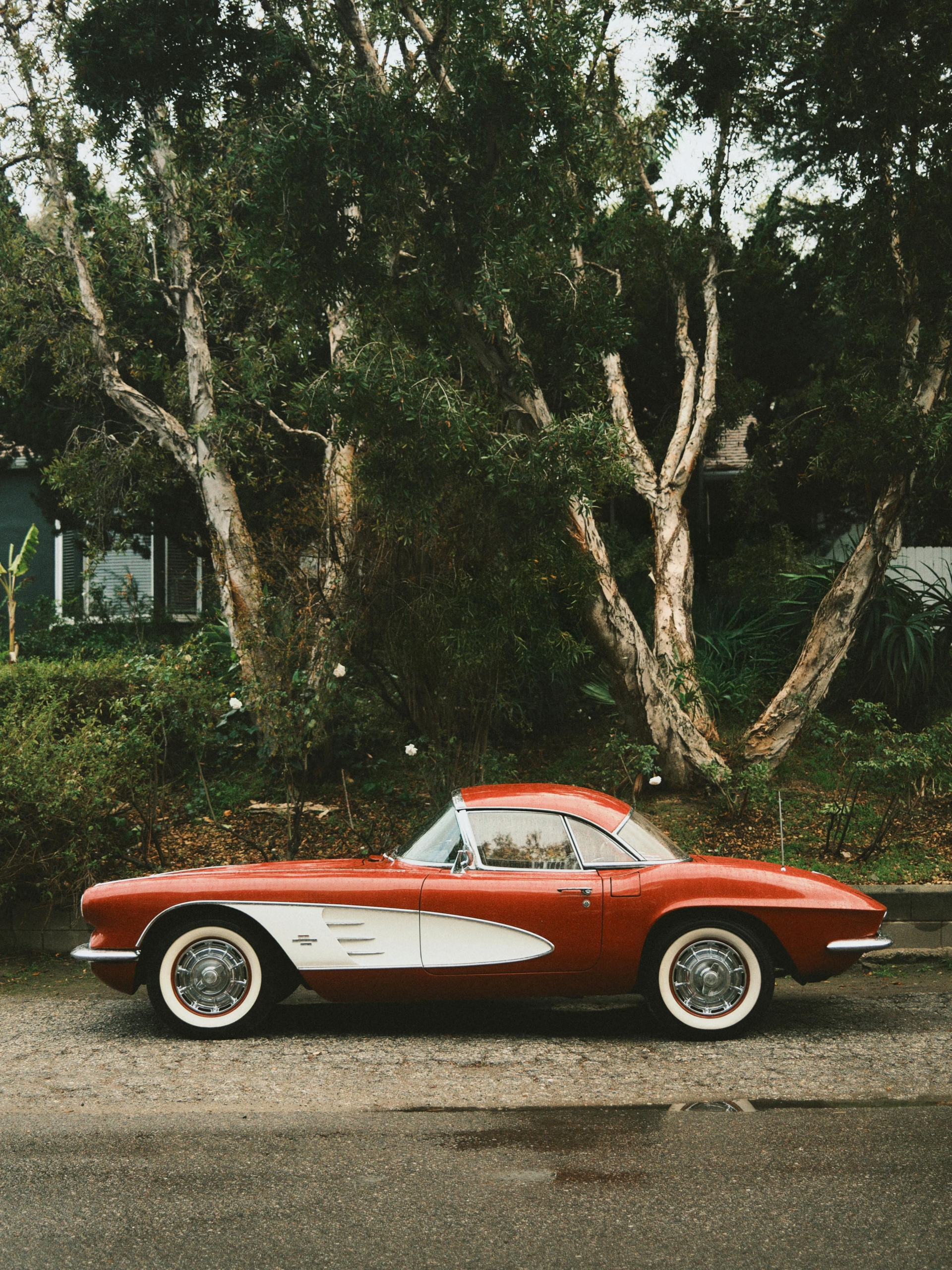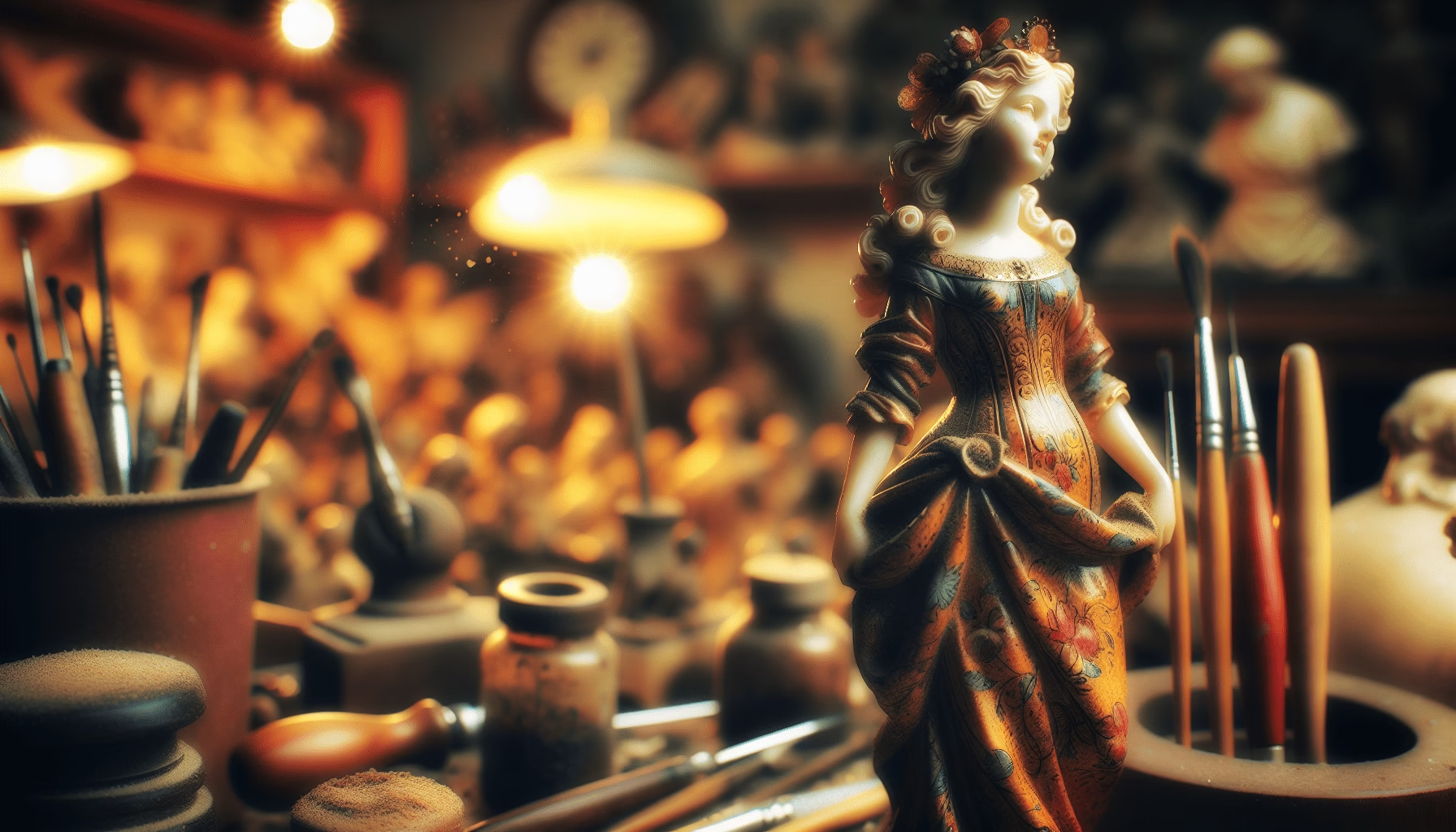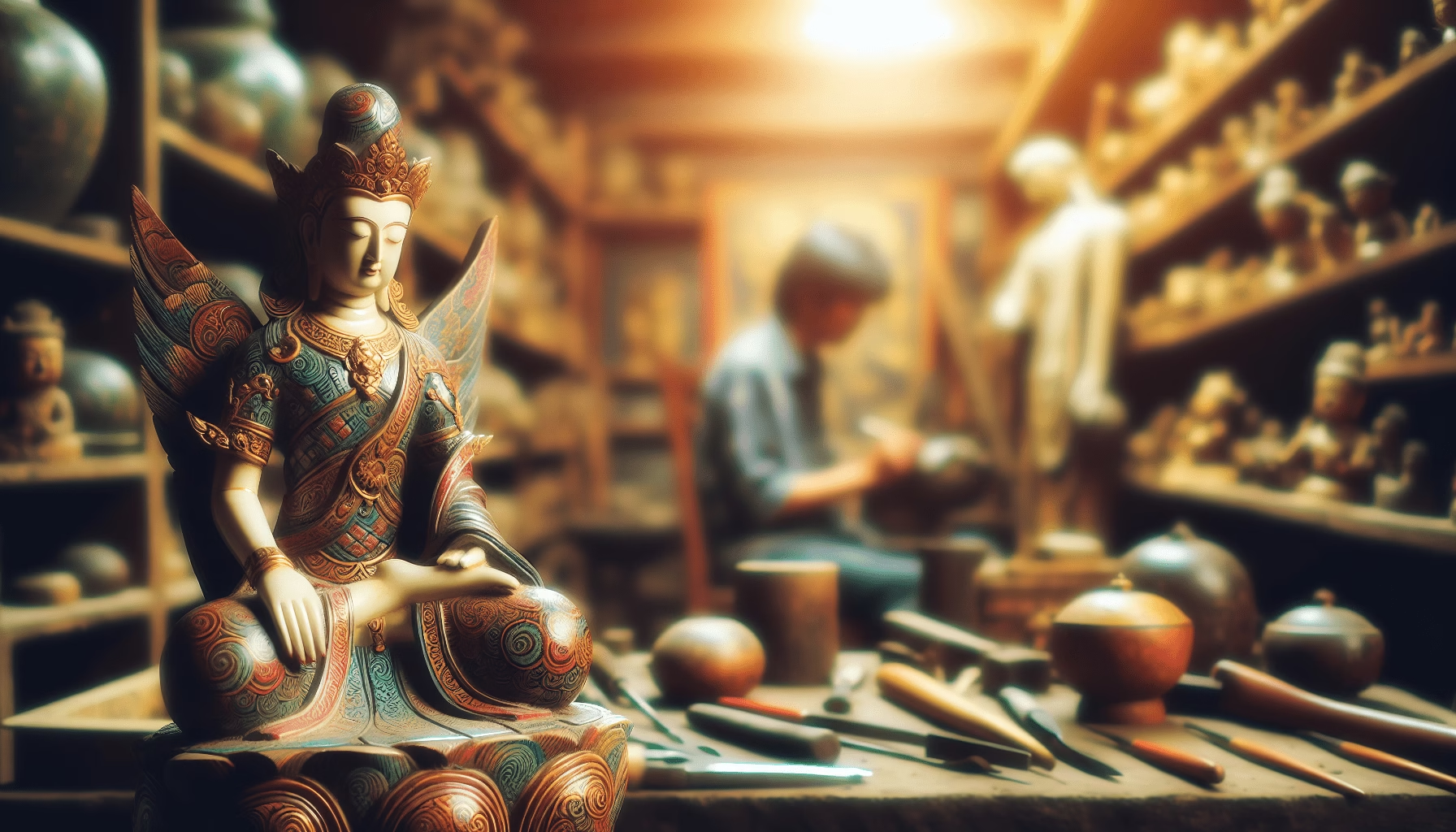Have you ever wondered about the deep connection and satisfaction that comes with restoring a vintage figure to its former glory? The art of restoring vintage figures goes beyond the mere act of repair; it’s about rekindling the history, emotion, and nuances of an era long gone. As you embark on this fascinating journey, you will discover not only the tactile joy of restoration but also the profound stories and emotions wrapped up in these cherished objects.

Table of Contents
The Historical Significance of Vintage Figures
Restoring vintage figures is an endeavor steeped in history. These figures, be they toys, collectibles, or artistic representations, often hold the echoes of past societies, eras, and personal memories. Understanding their historical context is key to appreciating their value beyond their physical appearances.
Origins and Evolution
The creation of vintage figures can be traced back to ancient civilizations, where they served as religious icons or toys. As history unfolded, these figures evolved, becoming symbols of cultural trends and technological advancements. The post-war era, particularly, saw a surge in mass-produced figures, reflecting the societal changes and artistic trends of their times.
The Emotional Connection
Each vintage figure carries with it a story. Perhaps it was a beloved toy in someone’s childhood or a commemorative piece marking a significant event. The emotional connection that collectors and restorers feel towards these figures often stems from personal memories or a fascination with a bygone era.
The Core Concepts of Restoration
Restoration is both an art and a science. It involves a careful balance of preserving the original essence of the figure while ensuring its longevity for future enjoyment and appreciation.
Preserving History While Embracing Modern Techniques
The first rule of restoration is to preserve as much of the original figure as possible. This means understanding the materials and techniques used in the original creation and finding modern equivalents that do not compromise authenticity.
Key Techniques and Tools
Material Analysis: Knowing the material composition of a vintage figure is essential. Different materials require different restoration techniques.
Cleaning and Repairing: Gentle cleaning to remove dirt without damaging the figure is crucial. For repairs, employing era-appropriate materials and methods ensures the restoration remains true to the original.
Paint Restoration: Restoring color is often necessary but must be done carefully to avoid altering the figure’s original aesthetic.
Balancing Aesthetic and Structural Restoration
While the figure’s appearance is important, ensuring its structural integrity is equally crucial. Restorers often face the challenge of strengthening a figure without interfering with its aesthetic appeal.

Step-by-Step Guide to Restoring a Vintage Figure
The process of restoring vintage figures is meticulous and rewarding. Here, you will learn how to approach restoration with a blend of patience, skill, and respect for history.
Assessing the Figure’s Condition
Begin by evaluating the overall condition of the figure. Identify areas that need cleaning, repair, or replacement. Documenting these observations will guide your restoration plan.
Gathering Necessary Materials
Using the right materials is critical. Depending on the age and type of the figure, you might need:
- Cleaning agents for specific materials (e.g., wood cleaner for wooden figures).
- Adhesives that are strong yet gentle enough not to damage the figure.
- Paints and finishes that match the original hues and textures.
The Cleaning Process
Cleaning is often the first step in restoration. It requires:
- Dusting: Removing surface dust with soft brushes or air brushes.
- Deep Cleaning: Using specific cleaners for stubborn dirt, always testing on small areas first to prevent damage.
Repairing Damage
Identify cracks, breaks, or missing parts. Use compatible adhesives and techniques, ensuring repairs are sturdy yet inconspicuous.
Restoring and Preserving Paint
If paint is chipped or faded, carefully mix colors to match the original palette. Techniques like airbrushing can help in blending the new paint seamlessly.
Final Touches and Preservation
Apply protective finishes to preserve the figure after restoration. Consider displaying the figure in a controlled environment to prevent future damage.
The Role of Visuals in Vintage Figure Restoration
Visual aids can significantly enhance understanding and engagement in the restoration process. Here are some ways to effectively use visuals:
Short Videos and Infographics
Develop short videos that demonstrate specific restoration techniques, such as cleaning or paint restoration. Infographics can concisely present the steps involved or highlight differences in restoration techniques based on materials used.
Image Documentation
Taking before-and-after pictures helps visualize the transformation and can be a rewarding aspect of the restoration journey.

Real-World Success Stories in Vintage Figure Restoration
Exploring successful restoration stories can serve as both inspiration and guidance.
Case Study: The Restoration of a WWII Soldier Toy
A collector discovered an old soldier toy from the World War II era, severely worn and faded. Through careful research, the collector matched the original uniform colors and used specialized cleaning agents for the leather and metal parts. The result was a restored figure that not only looked new but retained its historical essence.
Comparison: Amateur vs. Professional Restoration
While amateur restoration can have personal satisfaction, professional restoration often yields more refined results. This is chiefly due to the access to industry tools and deeper knowledge of historical techniques professional restorers have.
Challenges and Considerations in Restoring Vintage Figures
Although rewarding, restoration can also present challenges. Awareness of potential pitfalls and ethical considerations will ensure more effective and respectful restoration efforts.
Ethical Considerations
Restorers must weigh the historical and monetary value of a figure before making significant alterations. Over-restoration can diminish a figure’s authenticity and value.
Common Challenges
Material Deterioration: Some older materials are no longer available, requiring restorers to find modern equivalents or alternatives.
Color Matching: Achieving exact color matches can be challenging without altering the figure’s original appearance.
Tips for Mitigating Challenges
- Always conduct thorough research before beginning restoration.
- Use forums and networks of restorers for advice and shared experiences.
- Ensure any modifications remain reversible if future techniques offer better results.

The Emotional Journey of Restoration
The art of restoring vintage figures is as much about emotion as it is about skill. It is a journey that connects you with the past and represents the human desire to preserve memories and history for future generations.
The Restorative Experience
For many, restoration is therapeutic. The meticulous nature of the work requires focus, patience, and dedication, often serving as a meditative practice.
Emotional Satisfaction and Community
Sharing your journey and results with fellow enthusiasts builds a community of like-minded individuals who appreciate the nuances of vintage figures. This connectedness enriches the restoration experience, providing support and collective wisdom.
Concluding Thoughts on the Art and Emotion of Restoring Vintage Figures
Restoring vintage figures is a deeply fulfilling practice that combines artistry, craftsmanship, and historical scholarship. Each restoration project not only brings a piece of history back to life but also offers profound personal satisfaction. As you look to the future, may each restored figure serve as a testament to both the skill and emotion you invest in this timeless pursuit.
In embracing the art of restoration, you uphold a legacy of storytelling and historical preservation, bridging the past with the present and preserving it for the future. Continue to cherish and honor these figures with the care, respect, and artistry they deserve.

“Bringing the Force Back”: The Art of Restoring Vintage Star Wars Toys

